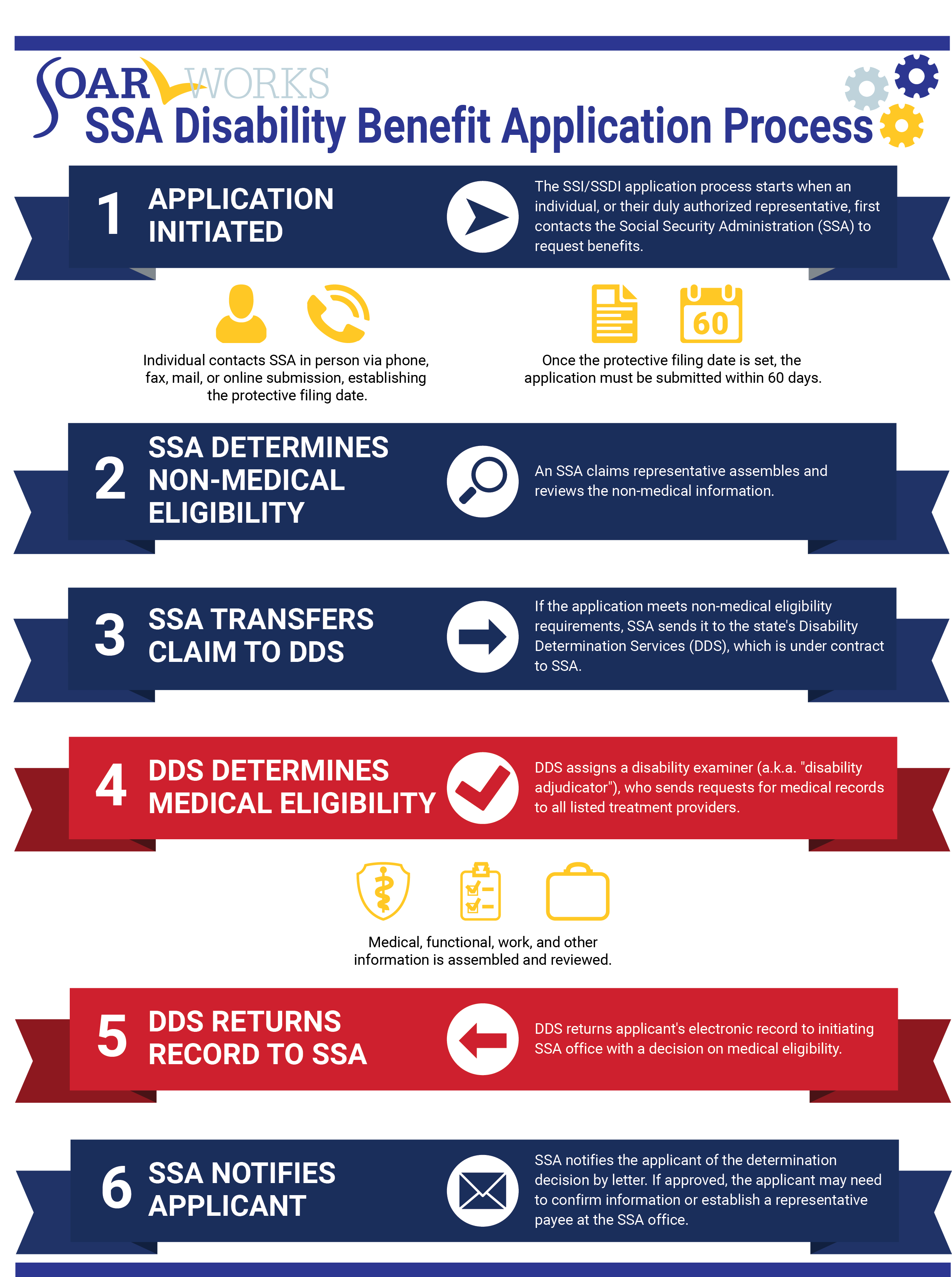7 Steps to Filing Disability Paperwork Correctly

Applying for disability benefits can be a daunting process, but with the right knowledge and approach, you can navigate it smoothly. Understanding the steps involved and what is required at each stage will significantly increase your chances of success. This detailed guide will walk you through the 7 essential steps to filing disability paperwork correctly.
Step 1: Determine Your Eligibility

Before you start gathering documents and filling out forms, ensure you meet the eligibility criteria for disability benefits:
- Check the medical criteria set by your country’s disability program.
- Assess if you have enough work credits if required by your benefit program.
💡 Note: Each country has its own set of rules and criteria for eligibility. Research your local or national program to avoid unnecessary applications if you're ineligible.
Step 2: Gather Documentation

Documentation is key in proving your disability and work history:
- Medical Records: These should detail your diagnosis, treatment, and how your condition impacts your daily life.
- Employment History: W-2 forms, earnings statements, and records of any changes in your job status due to your disability.
- Additional Records: Include records of treatments like physical therapy, hospitalizations, and any test results related to your disability.
| Document | Description |
|---|---|
| Medical Records | All relevant medical documents to prove disability |
| Earnings Records | Documents to show work history |
| Treatment Logs | Records of therapies, surgeries, etc. |

Step 3: Complete the Initial Application

The initial application for disability benefits can often be done online:
- Accurate Filing: Fill out each section carefully, ensuring all your details are up-to-date and correct.
- Follow-Up: Keep track of your application number or any correspondence from the agency handling your claim.
👀 Note: Mistakes or omissions can lead to delays. Double-check your information before submission.
Step 4: Attend All Required Examinations and Interviews

The disability agency might require:
- A Consultative Examination (CE): If your existing medical records are not enough, they might ask for a physical or mental evaluation.
- An Interview: To clarify details from your application or to discuss your condition’s impact on work.
Step 5: Await the Decision

The waiting period can be the most stressful part:
- Timeline: Decisions can take anywhere from 3 to 6 months, sometimes longer.
- Communication: Keep your contact information current with the agency to receive updates on your case.
- Be Patient: It’s a complex system, but staying informed can help manage expectations.
Step 6: Handling Reconsiderations and Appeals

If your application is denied:
- File for Reconsideration: This is an internal review of your case.
- Appeal: If denied again, you can request a hearing before an administrative judge.
- Legal Assistance: Consider seeking help from an attorney specializing in disability law.
Step 7: Understanding and Complying with Continuing Disability Reviews (CDR)

Once you are awarded benefits, expect:
- Periodic Reviews: The agency will reassess your condition at intervals.
- Compliance: Ensure all required documentation is provided for these reviews.
- Timeliness: Respond promptly to any requests from the disability agency to avoid disruptions in benefits.
The path to receiving disability benefits involves several key steps, from eligibility determination to potential appeals. By understanding and following these steps, you equip yourself to handle the process with confidence. Remember, thorough preparation, accurate documentation, and adherence to legal and procedural requirements are essential for a successful application.
What documents do I need for my disability application?

+
You’ll need medical records detailing your condition, employment history, treatment logs, and any other relevant documents like test results or hospitalizations.
How long does the disability claims process take?

+
The process can take 3 to 6 months or longer, depending on the complexity of your case and the backlog of applications.
What if my disability claim is denied?

+
You can file for reconsideration, appeal the decision, and possibly seek legal representation to help with the appeals process.



